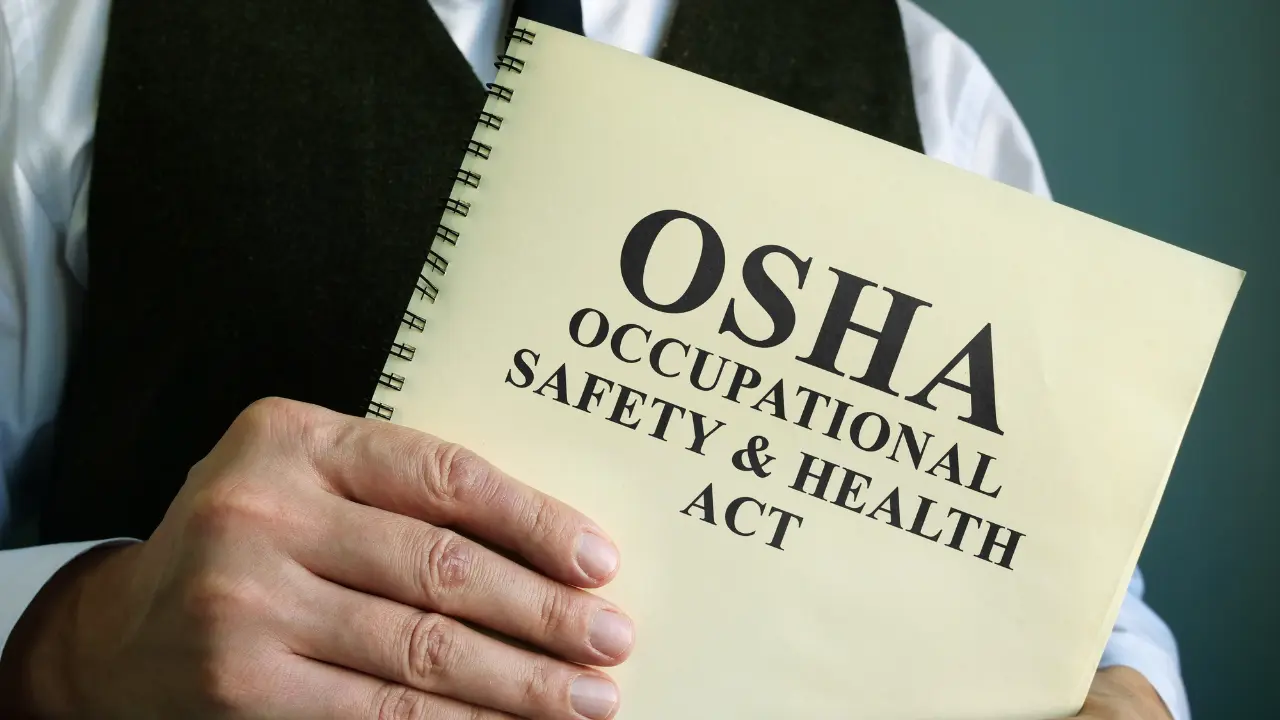In the realm of labor laws and worker protections, understanding the parameters of daily working hours is an essential, albeit complex, endeavor. As overseen by the Occupational Safety and Health Administration (OSHA), these guidelines serve to regulate safety and prevent worker burnout, despite not prescribing specific time limits.
However, the lack of federal laws setting a cap on daily work hours for most sectors, barring certain industries such as trucking, presents a multifaceted landscape that warrants further exploration. Moreover, the interplay of federal mandates and state-specific rules concerning rest and meal periods adds another layer of complexity to this issue.
Thus, comprehending the legal and safe workday necessitates a deeper examination of OSHA’s recommendations, federal laws, and industry-specific regulations.
Impact of Long Working Hours
The detrimental effects of prolonged working hours on employee safety have been substantiated by numerous studies, highlighting a significant increase in workplace accidents and injuries due to factors such as fatigue and burnout.
In particular, a marked rise in emergency room visits for work-related injuries occurs outside regular working hours. The accident rate escalates considerably during off-hours, primarily due to exhaustion.
A 13% uptick in accidents is witnessed during 10-hour shifts compared to regular 8-hour shifts. This statistic worsens for 12-hour shifts, where the increase in accidents is a staggering 28% when compared to 8-hour shifts.
Therefore, the impact of long working hours on worker safety is not an issue to be overlooked.
OSHA’s Recommendations for Shifts
In light of the potential risks associated with extended working hours, the Occupational Safety and Health Administration (OSHA) recommends adhering to traditional 8-hour shifts, five days a week, as a measure to promote worker safety and productivity. OSHA’s guidelines are designed to protect employees from the detrimental effects of prolonged work hours.
- OSHA encourages maintaining 8-hour shifts for five days a week.
- An 8-hour rest period is recommended between shifts to prevent fatigue.
- Extended shifts should be limited to avoid worker burnout and safety hazards.
- OSHA’s guidelines are based on research linking extended hours to increased accidents.
- It’s important to note that OSHA’s recommendations are not legally binding, but serve as a best practice framework for organizations.
Federal Laws on Daily Work Hours
While OSHA provides recommendations on the length and frequency of shifts, it is crucial to understand that there are no specific federal laws that limit the daily working hours for most employees. The Fair Labor Standards Act (FLSA) is the primary federal law governing work hours; however, it does not set a cap on the number of hours an employee can work in a day or week. Rather, it mandates that non-exempt workers receive overtime pay, at a rate of 1.5 times their regular rate, for hours worked beyond 40 in a workweek.
Additionally, there are no federal laws requiring rest or meal breaks, though some states have more stringent protections. Therefore, daily work hours largely depend on employer policies and state regulations.
Trucking Regulations on Working Hours
Shifting gears to the domain of trucking, it’s imperative to note that the Department of Transportation (DOT) enforces specific regulations on working hours for interstate truckers to mitigate fatigue-related accidents.
- The DOT limits the working hours of truck drivers to a 14-hour window, within which they can drive for a maximum of 11 hours.
- A break of 10 consecutive hours is mandated before the commencement of the next shift.
- Additionally, truckers are required to take a 30-minute break after 8 hours of driving.
- The regulations also stipulate that drivers cannot work more than 60/70 hours in a 7/8-day period, respectively.
- Violations of these regulations may result in penalties, emphasizing the seriousness of these rules.
Rest and Meal Period Regulations
Just as the DOT imposes specific regulations on work hours for truckers, there are also rules in place, albeit not at the federal level, regarding rest and meal periods for employees across various sectors. These rules often vary by state, with some states, such as California, requiring employers to provide specific meal and rest breaks based on the number of hours worked.
However, federal law does not mandate these breaks, leaving the decision largely to the discretion of the employer. Despite this, many employers choose to provide these breaks voluntarily, recognizing the positive impact they can have on employee productivity and wellbeing.
It’s also worth noting that state laws often provide more protection than federal law in this area.
Conclusion
In conclusion, understanding the regulations on daily working hours is essential for worker safety and legal compliance. While OSHA suggests normal 8-hour shifts, five days a week, no specific federal laws limit daily working hours, except in certain industries such as trucking.
Despite the lack of federal mandate on rest or meal periods, several states enforce their own rules, offering enhanced worker protection. Thus, a comprehensive understanding of these regulations is necessary for a legal and safe workday.









